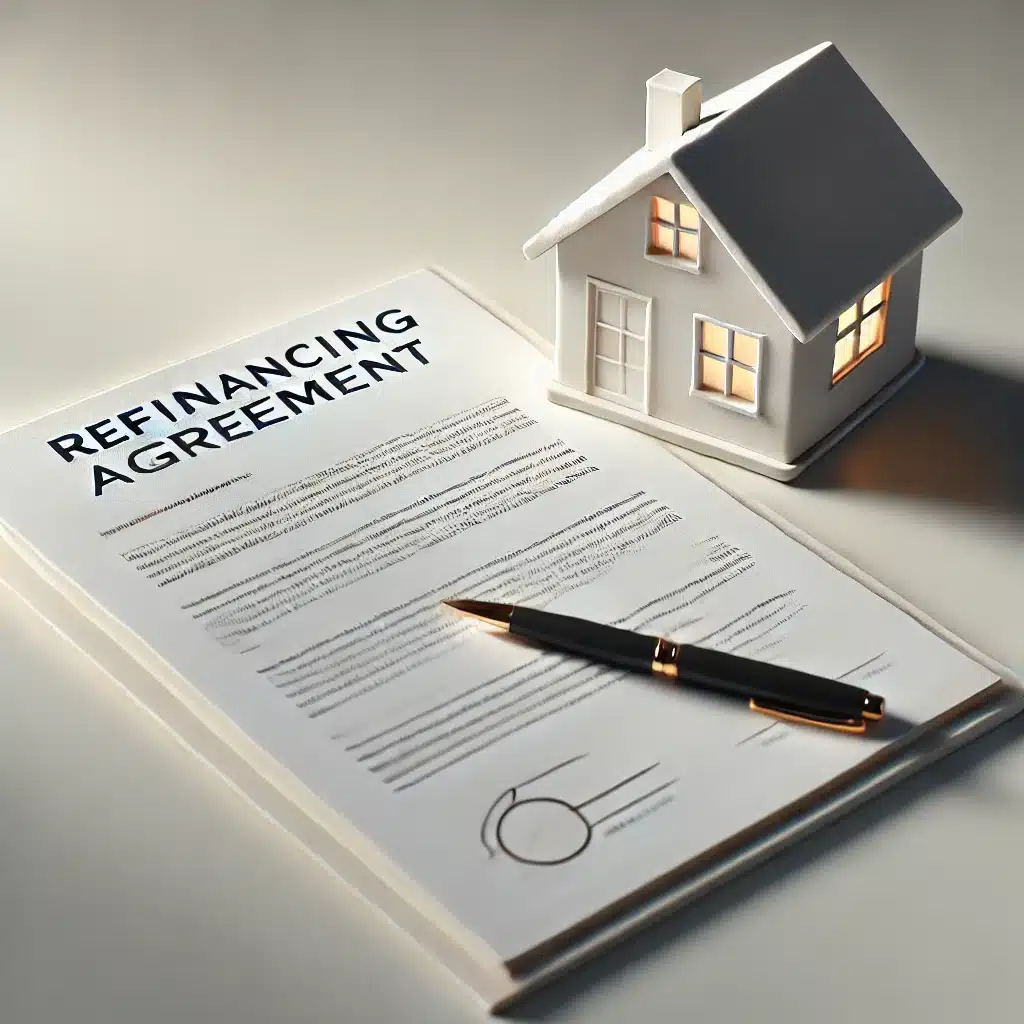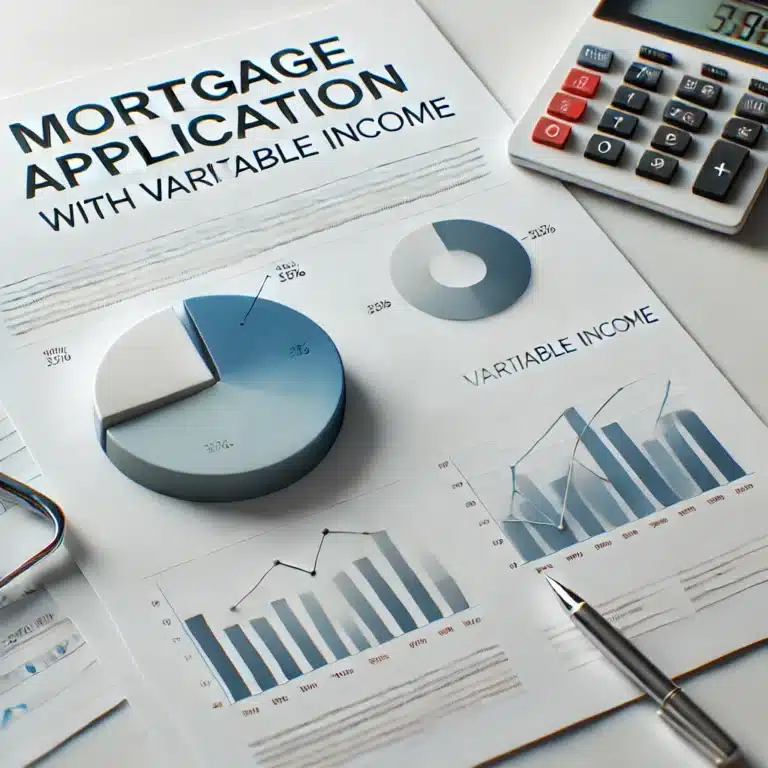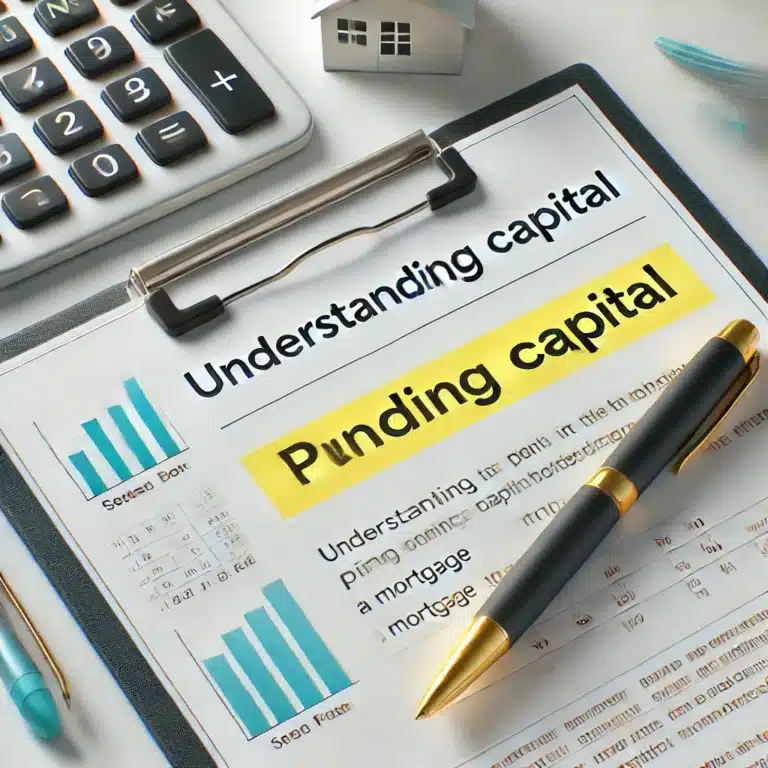
Refinancing a mortgage involves modifying the original terms of the loan to accommodate new needs or take advantage of more favorable market conditions. It can be a powerful tool to save money or improve your financial situation, but it is not always the best option. Below, we analyze what it is, how to do it and when it is convenient.
1. What does it mean to refinance a mortgage?
Refinancing a mortgage is renegotiating the terms of your existing mortgage loan. This can be done with the same lender (novation) or by changing banks (subrogation or new mortgage origination).
Changes you can make include:
- Reduce the interest rate.
- Extend or reduce the amortization period.
- Modify the loan amount.
- Change the interest rate (from fixed to variable or vice versa).
When is it a good idea to refinance your mortgage?
Refinancing can be beneficial in the following situations:
a) To reduce the interest rate
If current interest rates are significantly lower than what you have on your mortgage, refinancing can save you thousands in interest over the life of the loan.
b) To reduce the monthly fee
Extending the repayment term reduces the monthly payment, which can be useful if you need more liquidity in the short term. However, this will increase the total cost of the loan due to accrued interest.
c) To change the interest rate
If you have a variable interest rate and want more stability, you can switch to a fixed rate. Or, if conditions are favorable, you can make the reverse change.
d) To consolidate debts
If you have other high-interest debts, you can include them in your refinanced mortgage to pay less interest overall.
e) To obtain additional financing
Refinancing can be a way to obtain extra cash if you need liquidity for other projects, such as home improvements or investment in a business.
3. How to refinance a mortgage?
a) Review your current mortgage terms and conditions
Request an outstanding debt certificate from your bank to find out how much you have left to pay and what the current terms of your loan are.
b) Compare offers
Check with other financial institutions to see if they offer better conditions. Some banks are willing to assume the subrogation costs to attract new clients.
c) Choose the appropriate method
There are three main ways to refinance a mortgage:
- Novation: Modification of the conditions with your current bank. It is cheaper, but depends on the flexibility of the bank.
- Creditor subrogation: You change your mortgage to another bank with better conditions.
- New mortgage: You cancel the current mortgage and create a new one. Although it may be more expensive, it allows for greater changes.
d) Formalizes the change
Either of these options requires signing the new mortgage or agreement before a notary and registering the changes in the Land Registry.
4. Costs associated with refinancing
Refinancing is not free. You should consider the following costs:
- Early cancellation fee: If your mortgage includes this clause, it can be between 0.25% and 1% of the outstanding capital.
- Notary and registry fees: To formalize changes in the contract.
- Origination fee: In the case of a new mortgage.
- Home appraisal: Some institutions require a new appraisal to calculate the risk.
Before deciding, calculate whether the savings generated offset the initial costs of refinancing.
5. Advantages of refinancing a mortgage
- Interest savings: Reducing the interest rate can result in significant savings.
- Better financial control: You can adapt the conditions to your current situation.
- Debt Consolidation: Simplify your finances and reduce overall interest.
- Access to liquidity: You can free up capital for other projects.
6. Risks and Disadvantages of Refinancing a Mortgage
- High upfront costs: Commissions and expenses can exceed profits if not well calculated.
- Longer term: Even if you reduce the monthly payment, increasing the term will increase the total cost of the loan.
- Less flexible terms: Some new mortgages may include clauses that limit your ability to modify the loan in the future.
- Debt risk: Raising more money can lead to excess debt if not properly managed.
7. How to calculate if refinancing is worthwhile?
Make a detailed comparison between:
- The total cost of your current mortgage.
- The total cost of the refinanced mortgage (including fees and expenses).
Use a mortgage calculator to estimate the differences in interest and monthly payment. If the savings are considerable and the initial costs are amortized in a few years, refinancing may be a good option.
8. Tips for successful refinancing
- Consult a mortgage expert: A mortgage broker can help you calculate the costs and benefits.
- Negotiate with your current bank: Often, they are willing to match or beat competitors’ offers.
- Plan for the long term: Make sure that the new conditions are sustainable and beneficial over time.
- Avoid refinancing multiple times: Each refinancing involves new costs, so plan well to avoid repeated processes.
Refinancing a mortgage can be a powerful tool for optimizing your finances, but it requires a careful analysis of the costs and benefits.



